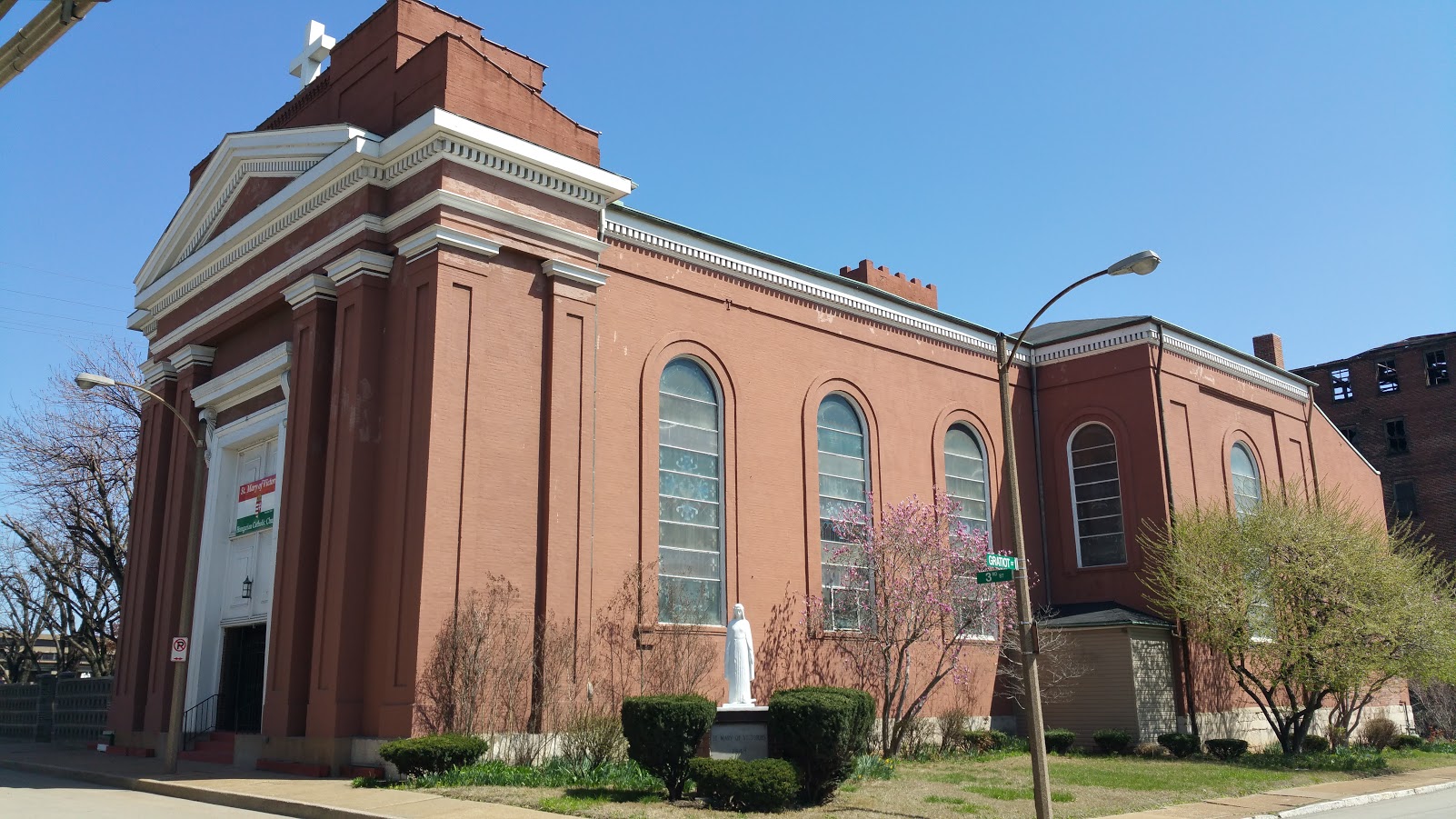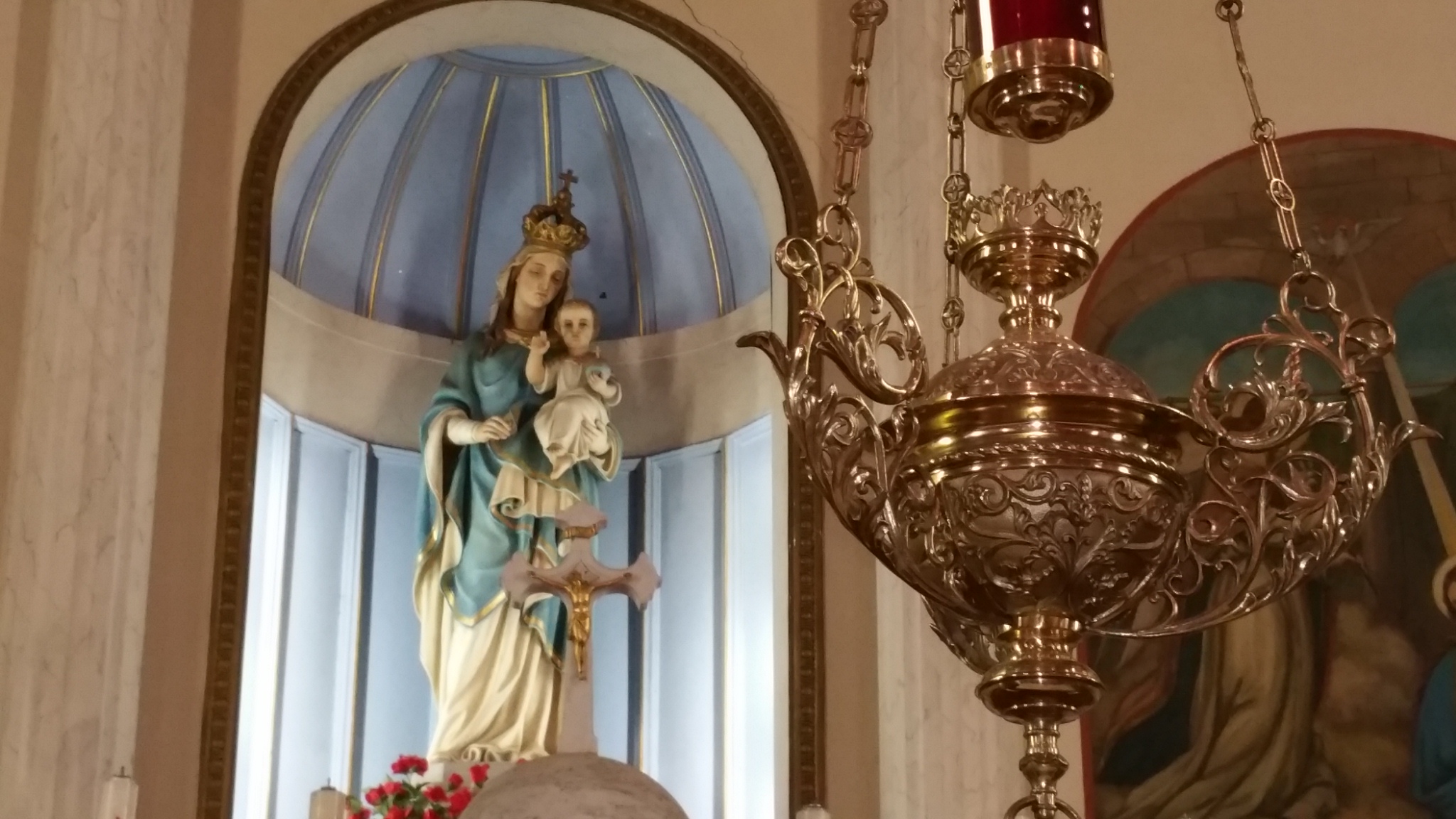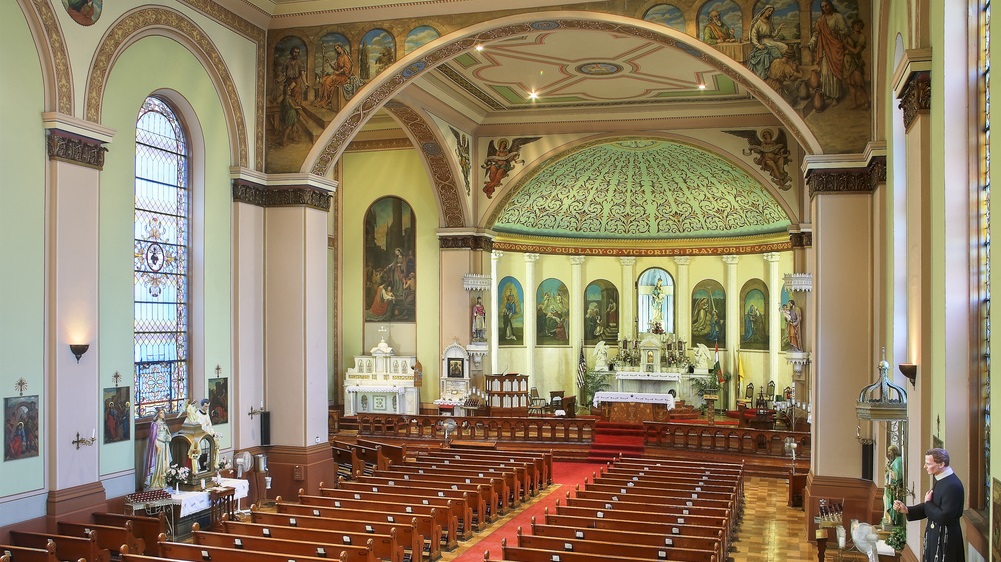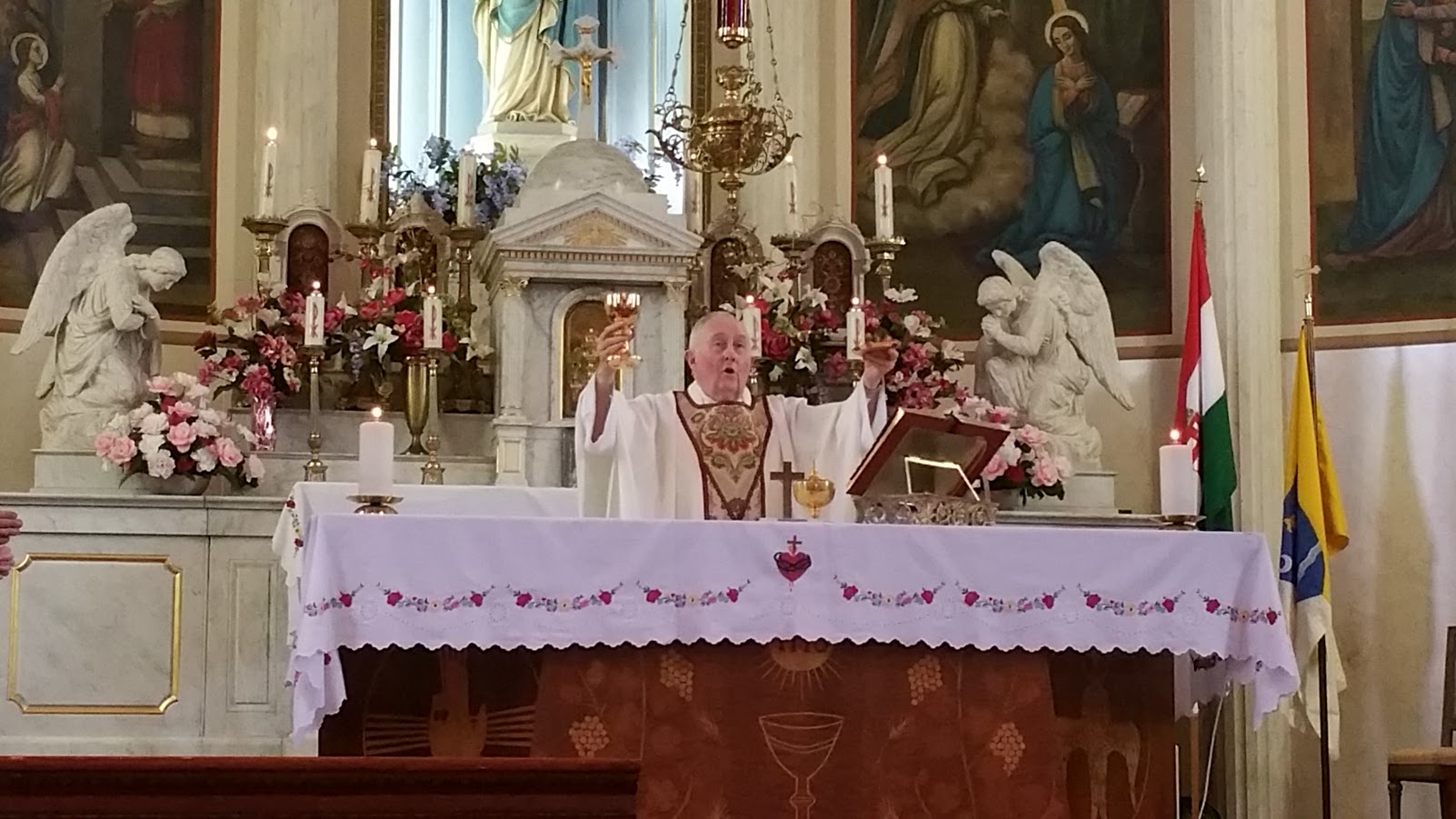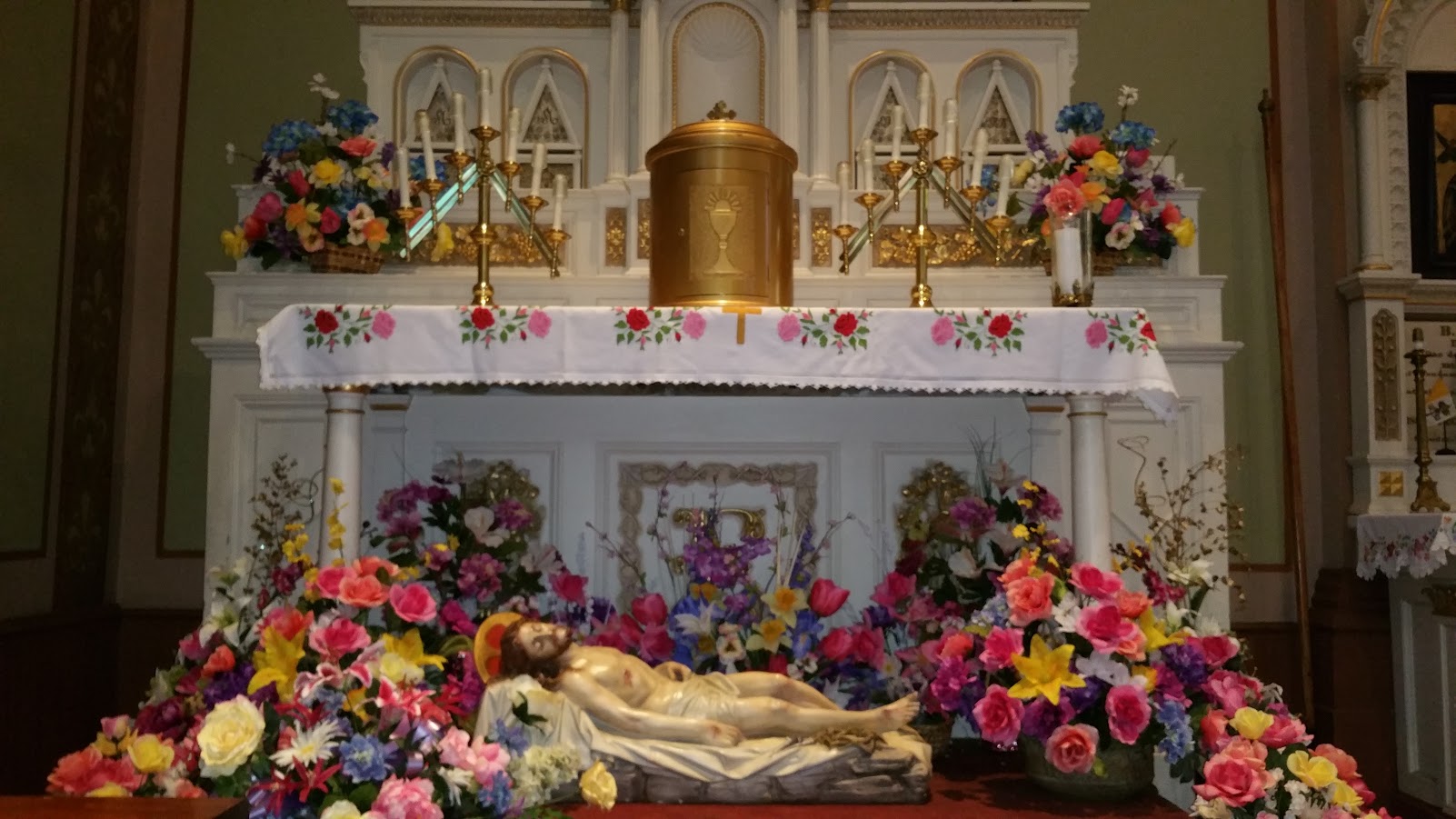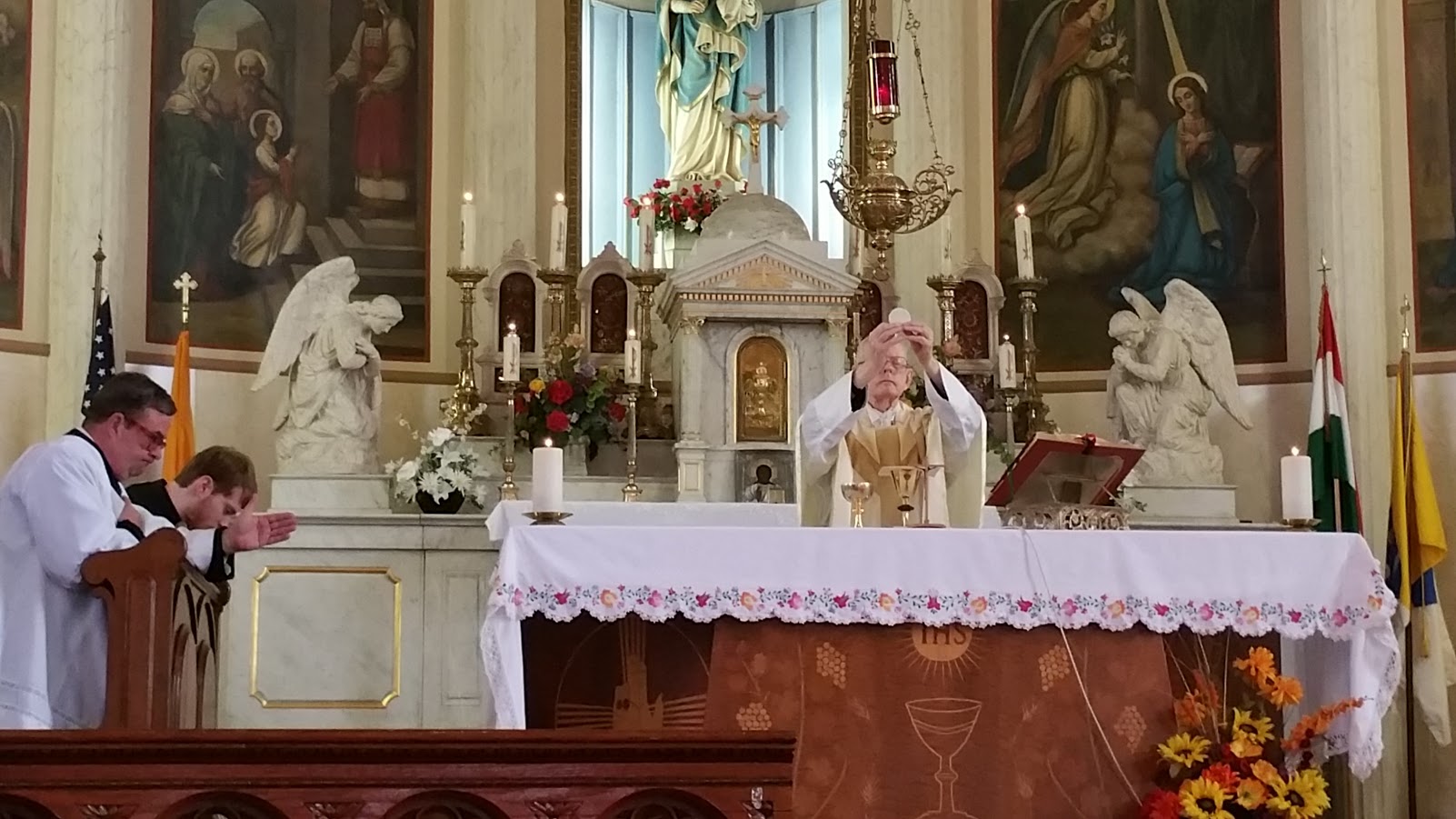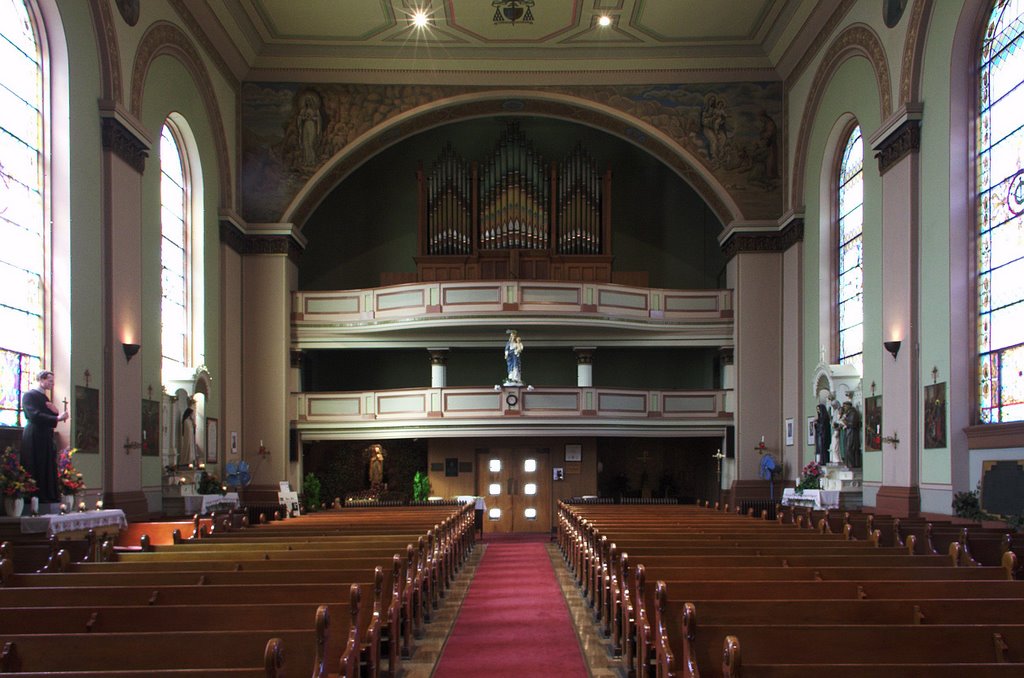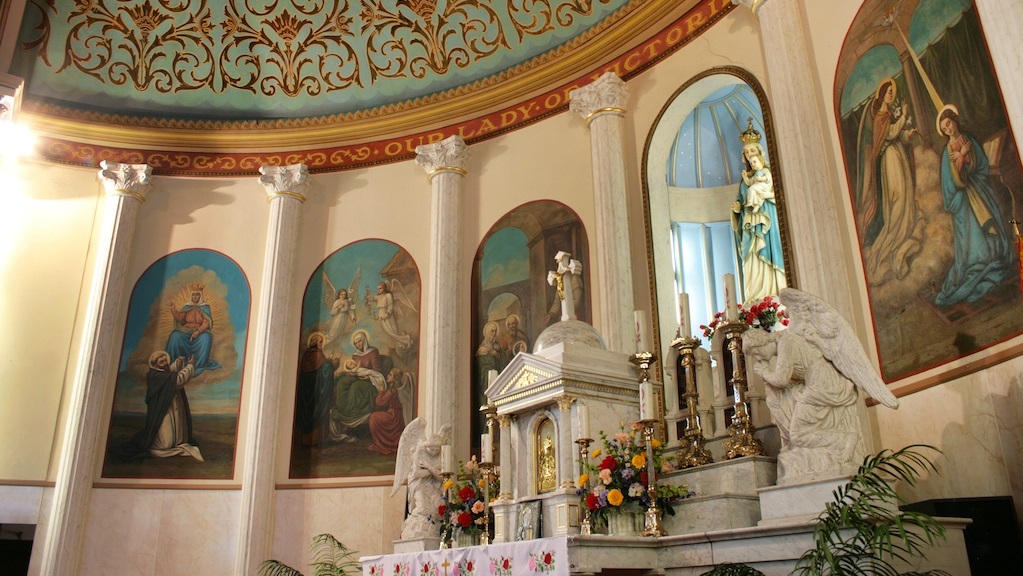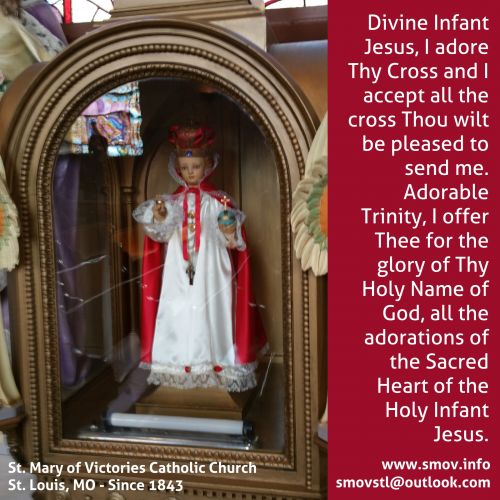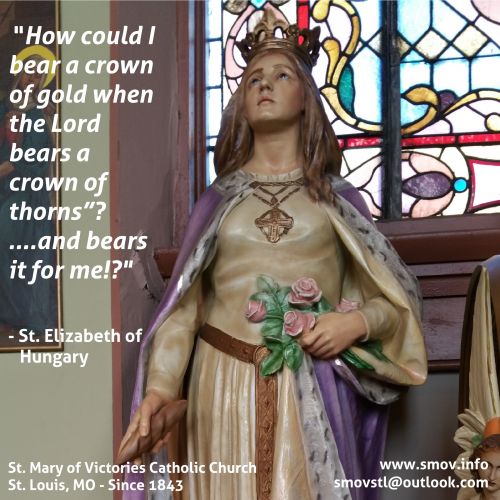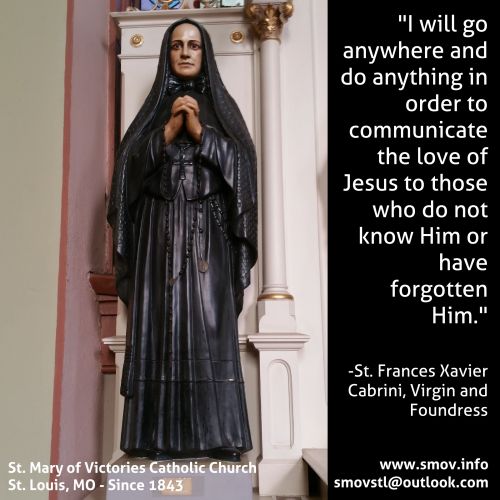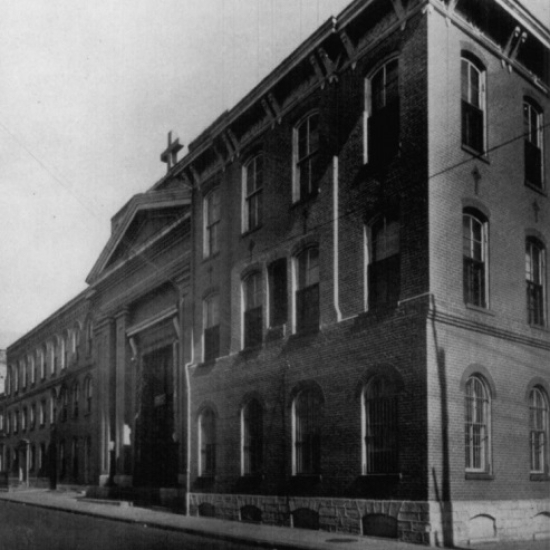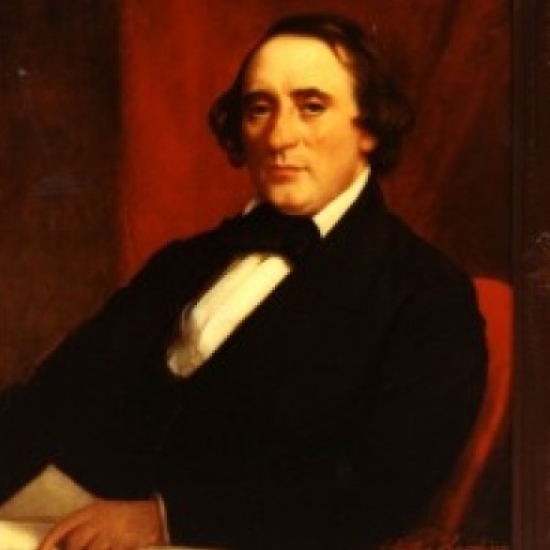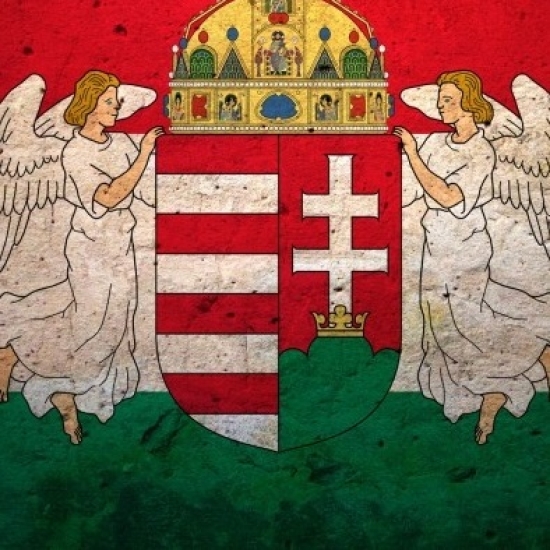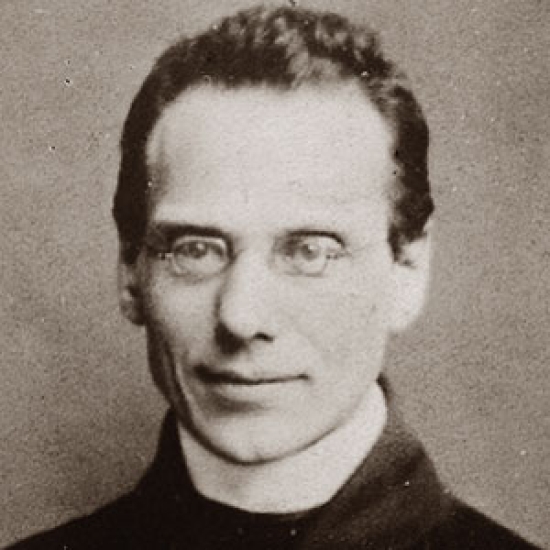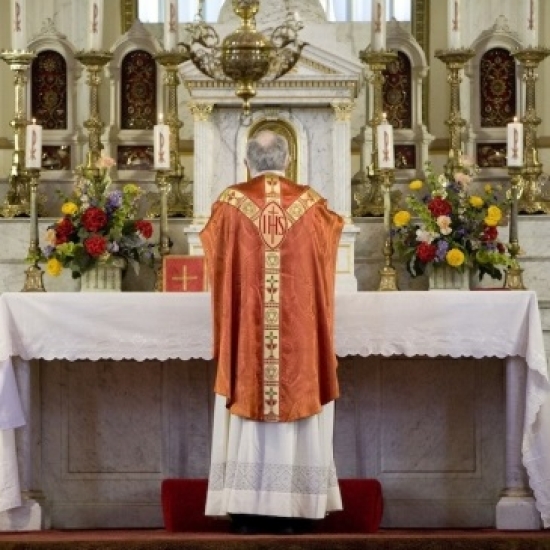12 April 2020 Easter Sunday, 9am
Station at St Mary Major
Introit: Resurrexi
After the first reading, the schola will sing:
Gradual: Haec dies
After the 2nd Reading, all will sing:
Sequence: Victimae paschali laudes, V2H, p. 478
Solemn Easter Alleluia before the Gospel, V2H, p. 475.
Renewal of Baptismal Promises replaces the Credo. During the sprinkling we will sing:
Antiphon: Vidi aquam, PBC, p. 23
Offertory: Christ the Lord is risen today, p. 246
Communion: Pascha nostrum
Dismissal: Ite missa est alleluia, alleluia.
Recessional: Jesus Christ is risen today, p. 249
During Paschaltide, the Ordinary is from Mass I (Lux et origo) PBC, p. 46ff. No Credo today, as above.
The Introit antiphon has three phrases:
-
Resurrexi, et adhuc tecum sum, alleluia
-
posuisti super me manum tuam, alleluia
-
mirabilis facta est scientia tua, alleluia, alleluia.
The opening word of today's Introit (Resurrexi) brings us directly to the mystery that is being celebrated.
The real dominant of the melody and of the Resurrexi is f, which pervades the entire piece as a tristropha; it is best sung very lightly. Adhuc tecum sum has g for its dominant. Five notes precede the word tecum and five follow it. The entire first phrase confines itself to the tetrachord d-g. Its alleluia is also sung as proceeding from the heart of the risen Christ. But it may serve in all three phrases as our own cry—a jubilant, expressive Amen to the words of the Redeemer.
In the second phrase, the calm melody with its strong accent on f may serve as a picture of the quietly sheltering hand of God. Super and manum remind us of the first alle-(luia). Toward the end, the second alleluia must grow in warmth and thus prepare for the third phrase. The rising melody has the same end in view. This second phrase has three members, like the first, but a greater range: d-a.
The third phrase begin with solemnity. It has four members, a tone-range of c-a, and a fourth which introduces a sort of modulation to low c. If we abstract from the first note, then the first alleluia is but a slightly shortened form of et adhuc tecum sum, and the second alleluia a repetition of the alleluia which follows that phrase. In contrast to the tender Phrygian cadences e g f f e of the Introit antiphon, the somewhat severe psalmody expresses a more virile joy of victory.
The Gradual has three phrases in the corpus:
-
Haec dies quam fecit Dominus
-
exsultemus
-
et laetemur in ea
The melody is a typical one that we've discussed before, but it also has some noteworthy peculiarities. The first motif opens the chant in a swaying manner, almost unsteady. The following Dominus, however, rises up in radiant and assertive tones, reflecting the reality of the event. As the reality of the resurrection of the Lord becomes clearer, the strength of the melody increases over exultemus. Laetemur in ea is more gracefully developed than in the former melody: c cdc a, dc ded c, ec efdb c.
The Communion antiphon has three phrases:
-
Pascha nostrum immolatus est Christus, alleluia
-
itaque epulemur in azymis sinceritatis et veritatis
-
alleluia, alleluia, alleluia.
This is in an intimate Communion song that uses a plagal mode (6) to express a more reserved joy. The melody centers about the final note; the lowest note is a fourth below and the highest a fourth above the finale, as if it had been measured with a rule (f-c, f-b).
So why does itaque carries such a rich melody, and the neums fall to the syllable -ta-? This because early colloquial Latin put the accent on the syllable immediately preceding the enclitic ~que. The rich melody of the word is to clearly emphasize this thought: Since Christ has offered Himself as your Passover, therefore we are able to celebrate the Paschal feast and unite ourselves with Him in Holy Communion. We are, moreover, to celebrate it in sincerity and truth. For after the Paschal lamb had been slaughtered in the Temple, the Jews were no longer permitted to have any leaven in their houses. In like manner, the old leaven of sin may no longer have any place in the Christian's heart, now that Christ has offered Himself for us.
Christus is a graceful response to (Pas)-cha no-(strum). The two note group in the first alleluia, in the last five notes of (i)-taque and (epu)-lemur, and the first four notes of a-(zymis) and veri-(tatis) produce a pleasing effect. The spirited ascent in the third phrase, which reaches its summit in the third alleluia, is likewise highly effective at expressing again the sense of the great mystery of the day: rising up from death and darkness into light and glory.
